The crosstalking immune cells network creates a collective function beyond the function of each cellular constituent during the progression of hepatocellular carcinoma
- PMID: 37537225
- PMCID: PMC10400568
- DOI: 10.1038/s41598-023-39020-w
The crosstalking immune cells network creates a collective function beyond the function of each cellular constituent during the progression of hepatocellular carcinoma
Abstract
Abundance of data on the role of inflammatory immune responses in the progression or inhibition of hepatocellular carcinoma (HCC) has failed to offer a curative immunotherapy for HCC. This is largely because of focusing on detailed specific cell types and missing the collective function of the hepatic immune system. To discover the collective immune function, we take systems immunology approach by performing high-throughput analysis of snRNAseq data collected from the liver of DIAMOND mice during the progression of nonalcoholic fatty liver disease (NAFLD) to HCC. We report that mutual signaling interactions of the hepatic immune cells in a dominant-subdominant manner, as well as their interaction with structural cells shape the immunological pattern manifesting a collective function beyond the function of the cellular constituents. Such pattern discovery approach recognized direct role of the innate immune cells in the progression of NASH and HCC. These data suggest that discovery of the immune pattern not only detects the immunological mechanism of HCC in spite of dynamic changes in immune cells during the course of disease but also offers immune modulatory interventions for the treatment of NAFLD and HCC.
© 2023. Springer Nature Limited.
Conflict of interest statement
A.J.S. and F.M. hold a patent on the DIAMOND mouse model, PCT/US2016/056506. All other authors do not have any competing interest.
Figures
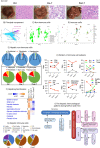
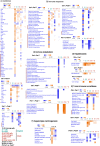
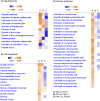
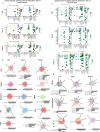
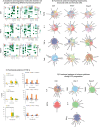


References
-
- Younossi ZM. Non-alcoholic fatty liver disease—A global public health perspective. J. Hepatol. 2019;70:531–544. - PubMed
Publication types
MeSH terms
Grants and funding
LinkOut - more resources
Full Text Sources
Medical
Molecular Biology Databases

